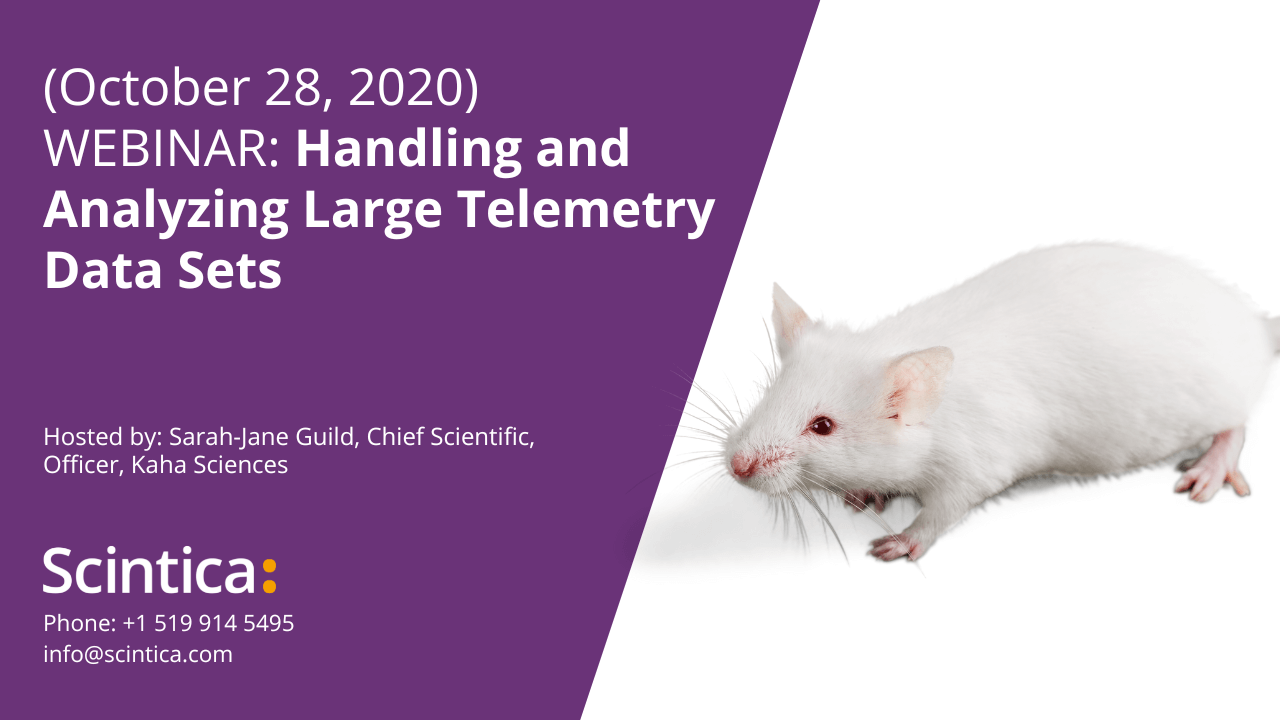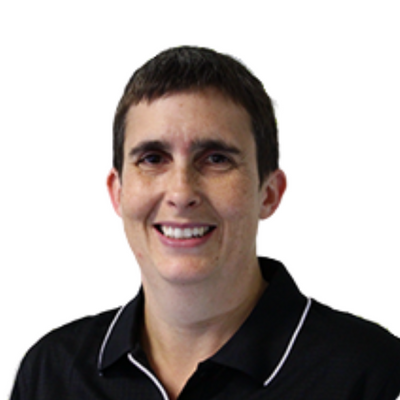(October 28, 2020) WEBINAR: Handling and Analyzing Large Telemetry Data Sets
Telemetry allows the long-term collection of data over days, weeks or months from animals in their home cages. Performing chronic studies presents a number of opportunities in terms of experimental design but also results in the collection of very large data sets. Large data sets come with challenges for the collection and analysis of the data. This webinar covered common issues encountered acquiring and analyzing large data sets from chronic telemetry studies, and potential solutions such as scheduling data sampling and automating data collection and analysis. ADInstruments LabChart was used as examples of how this can be achieved using macros in data acquisition systems. The LabChart macros introduced in this webinar are available for download here.
Learning Objectives:
- How can scheduling of data acquisition be used to reduce the amount of data collected while still ensuring that physiological changes are accurately captured?
- Using macros to automate data acquisition and file saving to keep file sizes manageable
- Automatic processing of data files using macros to perform basic analysis quickly and easily

About the Speaker (s)

Sarah-Jane Guild
Chief Scientific Officer
Kaha Sciences
Sarah-Jane has more than 15 years’ experience working with telemetry and has been involved with the Kaha system since the early Telemetry Research days. With a background in engineering and physiology, she has a good understanding of both the technical aspects of our system and its scientific application. Sarah-Jane has extensive surgical experience and enjoys working with our customers to get the most out of their telemetry system. With a PhD in Physiology and Electrical and Electronic Engineering, Sarah-Jane also holds a part time position as a Senior Research Fellow at the University of Auckland in the Department of Physiology and the Auckland Bioengineering Institute. Her research areas include cardiovascular physiology, intracranial pressure, optogenetics, and the development of implantable devices.